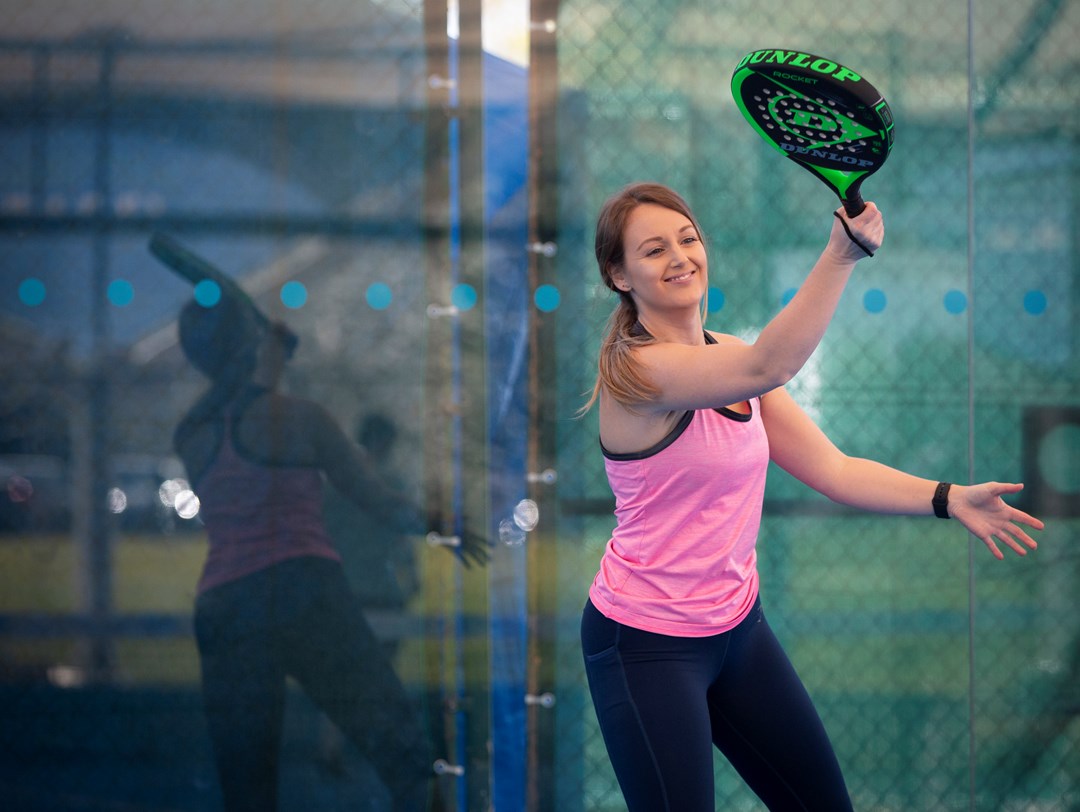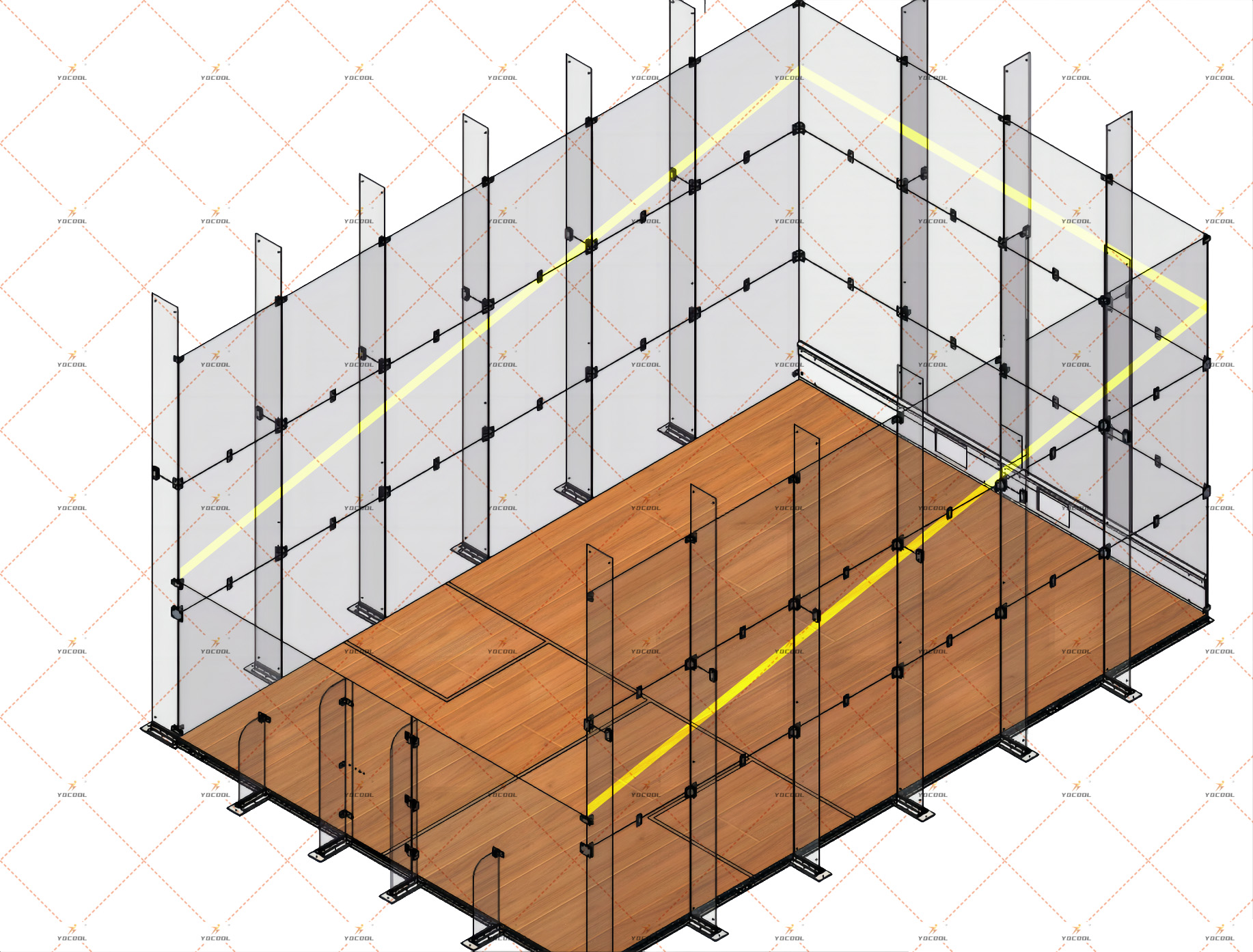Paddle courts have steadily gained traction in recent years, becoming a staple in sports complexes and recreational areas worldwide. As a sport that combines elements from tennis and squash, paddle, also known as padel, offers a unique and engaging playing experience that attracts players of all ages and skill levels. Investing in a high-quality paddle court not only enhances player experience but also ensures durability and low maintenance costs, making it an excellent addition for sports enthusiasts and facility owners alike.

When selecting the ideal paddle court, understanding the core elements that constitute a high-performing and sustainable playing surface is crucial. Among these factors, the quality of the materials used, the expertise in construction, and adherence to international standards are paramount.
First, prioritize materials that ensure longevity and safety. The playing surface material could range from concrete to synthetic turf, each offering distinct playing characteristics. Concrete surfaces provide a firm and fast-paced game, while synthetic turf offers a cushioned feeling, reducing strain on players' knees and joints. Modern advancements have seen the rise of modular systems, often constructed from high-density polyethylene or polypropylene, allowing easy installation and maintenance while providing excellent drainage and consistent ball bounce.

Construction expertise plays a vital role in the court’s functionality. Professionals experienced in building paddle courts will ensure that the surface is level and that the enclosure—which includes the metallic mesh and glass walls—is robust and scratch-resistant. Proper installation ensures that the court will withstand rigorous play sessions and harsh weather conditions. When choosing a provider, consider those with a solid track record and access to skilled architects and engineers who specialize in paddle court construction.
paddle court
Adhering to international regulations is another critical component. Standard paddle courts have dimensions of 20 meters in length and 10 meters in width, with back walls typically made of glass to enhance visibility for both players and spectators. Ensuring that the court aligns with these specifications offers an authentic experience and may also position your facility for hosting official events and tournaments.
Environmental factors, such as lighting and weather protection, should also be part of the equation. LED lighting is the preferred choice, providing excellent visibility during night games and energy efficiency. Additionally, implementing solutions such as windbreakers or partial covers can significantly enhance playing conditions by reducing wind interference and UV exposure.
While the quality of the court itself is fundamental, fostering a vibrant community around the sport can amplify the experience. Hosting clinics with professional coaches, organizing amateur tournaments, and providing rental equipment are ways to engage players and maintain an active user base. Partnering with local schools and organizations to introduce paddle to new demographics can also help integrate the sport more deeply into the community fabric.
Remember, a paddle court is not just a physical structure but an opportunity to create an engaging social hub. Emphasizing experience, expertise, authoritativeness, and trustworthiness in every decision will not only boost SEO rankings but also cultivate a reliable and satisfying environment for paddle enthusiasts. By focusing on these elements, you ensure your paddle court stands out and becomes a valued destination for both players and sports facility operators.



